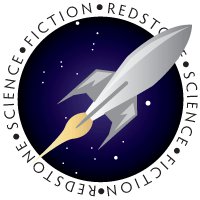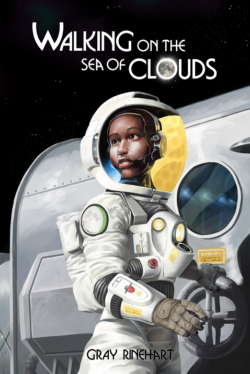Our family trip to Williamsburg earlier this summer reminded me of some family history I’d forgotten, specifically my connection to the Page family in Virginia. Some of the history is actually available on the web, which never ceases to amaze me. Around the 4th of July I found another snippet, which I saved for today.
On this date in 1763, Thomas Jefferson wrote a letter to John Page, who was ostensibly Jefferson’s closest friend at the College of William & Mary, would later serve in the U.S. House of Representatives and as Governor of Virginia, and who happens to be my great-great-great-great-great-grandfather. In the letter, we see hints of what would become the keynote statement of the Declaration of Independence:
If I am to succeed, the sooner I know it, the less uneasiness I shall have to go through. If I am to meet with a disappointment, the sooner I know it, the more of life I shall have to wear it off: and if I do meet with one, I hope in God, and verily believe; it will be the last….
Perfect happiness, I believe, was never intended by the Deity to be the lot of one of his creatures in this world; but that he has very much put in our power the nearness of our approaches to it, is what I have steadfastly believed….

(John Page, 1743-1808. U.S. Congressman, 1789-1797. Governor of Virginia, 1802-1805. Image from Wikimedia Commons.)
The idea that God puts “in our power the nearness of our approaches to [happiness]” certainly seems like a precursor to “all men … are endowed by their Creator” with rights including “life, liberty, and the pursuit of happiness.” I find it interesting also that he expressed his trust in Providence in terms we are not accustomed to reading from Jefferson:
The most fortunate of us, in our journey through life, frequently meet with calamities and misfortunes which may greatly afflict us; and, to fortify our minds against the attacks of these calamities and misfortunes, should be one of the principal studies and endeavours of our lives.
The only method of doing this is to assume a perfect resignation to the Divine will, to consider that whatever does happen, must happen; and that by our uneasiness, we cannot prevent the blow before it does fall, but we may add to its force after it has fallen.
These considerations, and others such as these, may enable us in some measure to surmount the difficulties thrown in our way; to bear up with a tolerable degree of patience under this burthen [sic] of life; and to proceed with a pious and unshaken resignation, till we arrive at our journey’s end, when we may deliver up our trust into the hands of him who gave it, and receive such reward as to him shall seem proportioned to our merit.
Such, dear Page, will be the language of the man who considers his situation in this life, and such should be the language of every man who would wish to render that situation as easy as the nature of it will admit. Few things will disturb him at all: nothing will disturb him much.

(Depiction of Governor John Page at 16 years old. Image from Genealogy of the Page Family in Virginia by Richard Channing Moore Page, M.D. [New York, 1893], via the New York Public Library Digital Collection, via Wikimedia Commons.)
Jefferson’s letter to Page is quoted in various places on the web, such as this Wikiquote page. This Wikipedia page includes more information about him, most of which is probably correct.
All of this is interesting, but only so — it doesn’t mean much in the grand scheme of things, but it’s fun to think of connections to important people and monumental events.



 by
by 
















